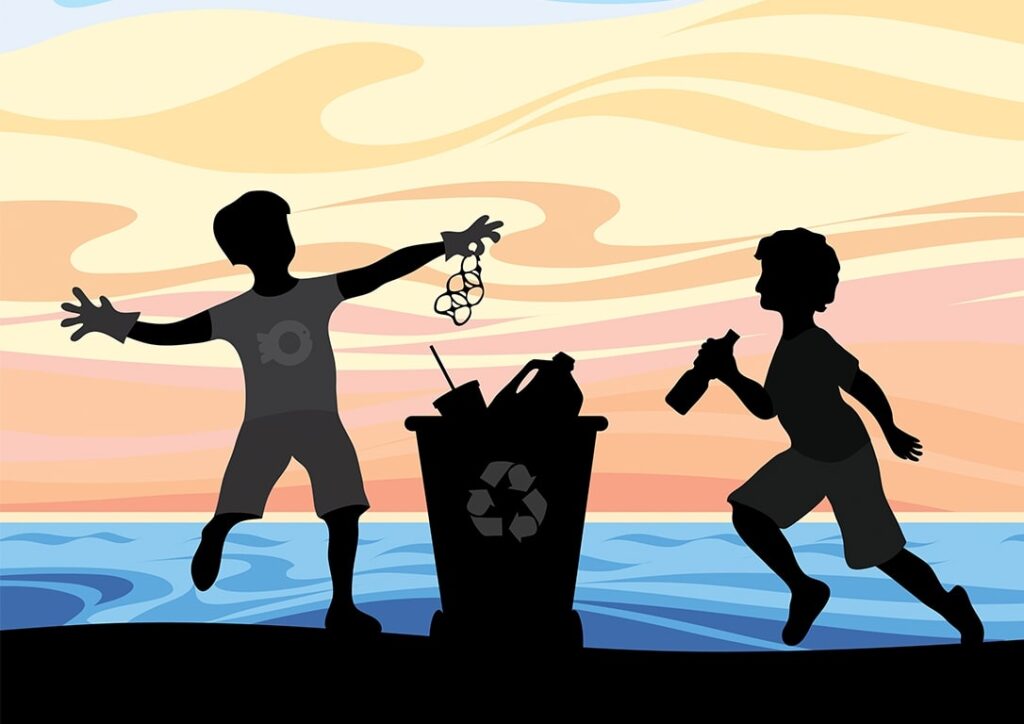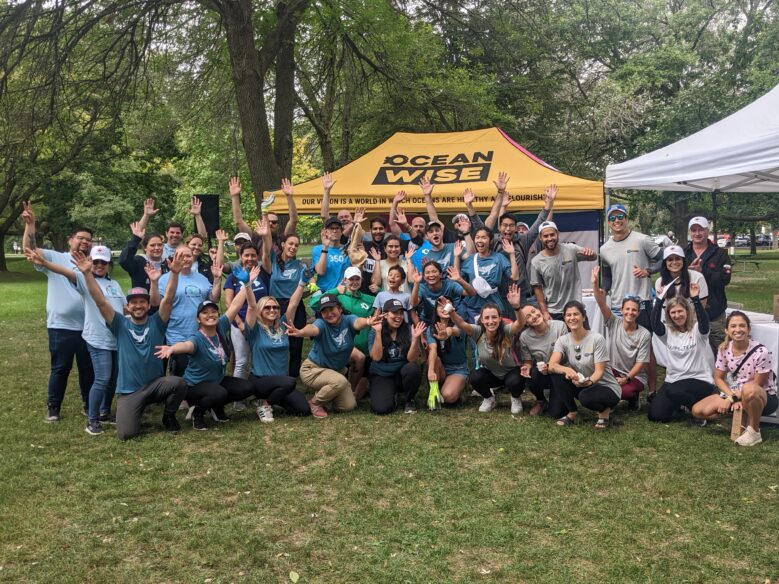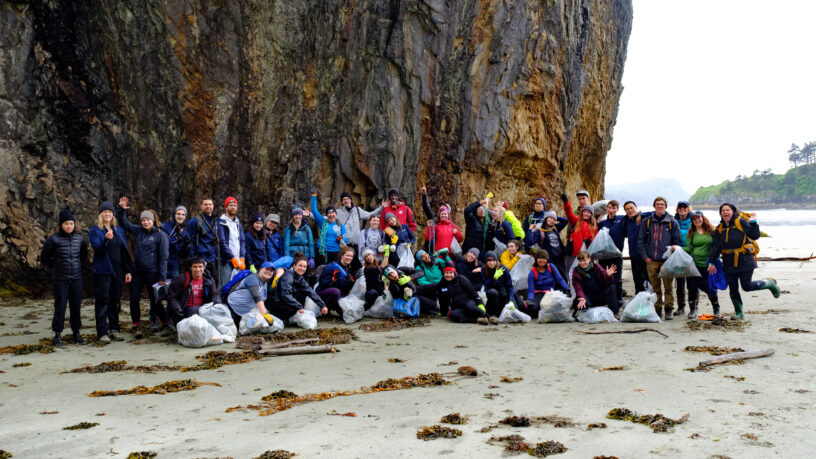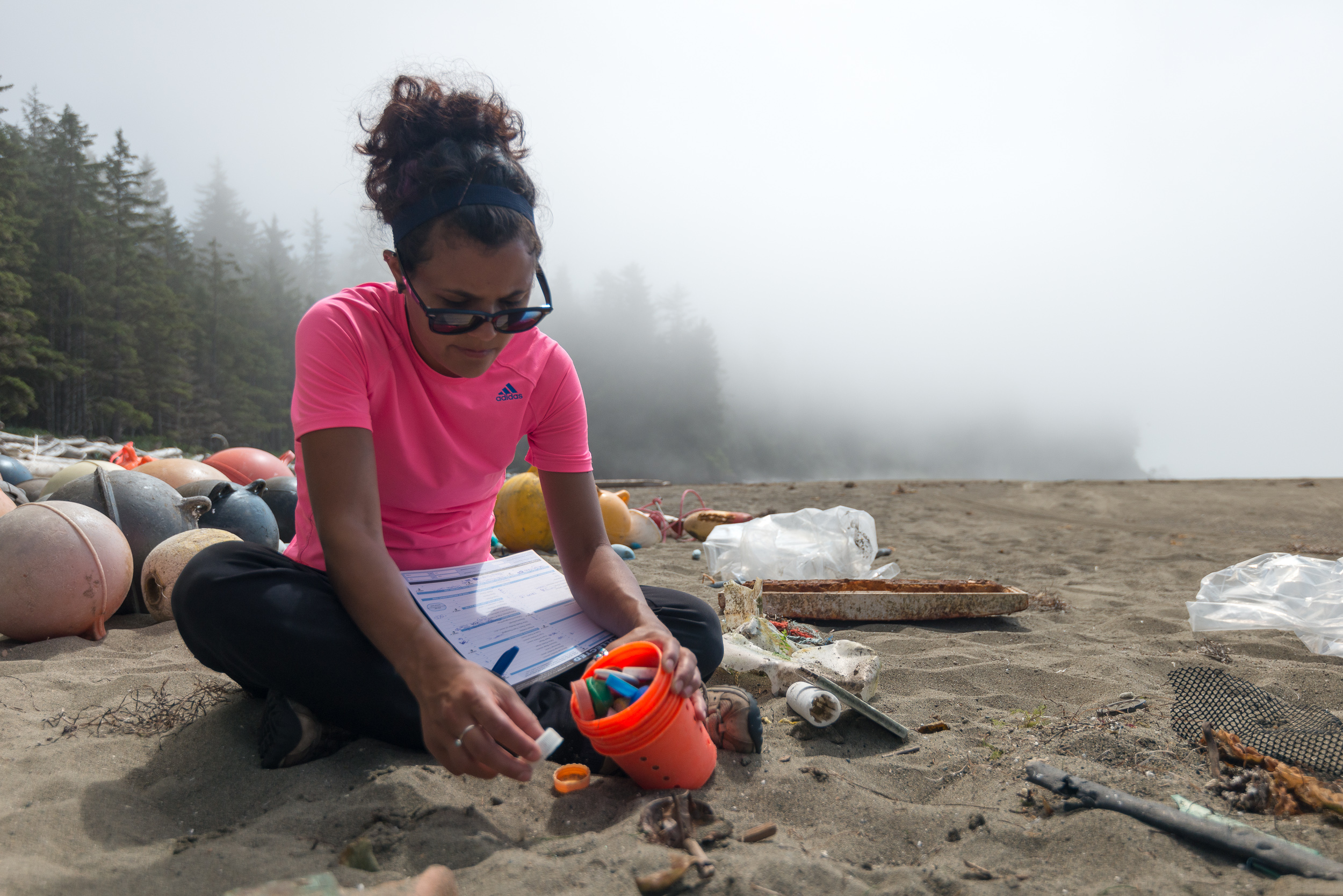
How to Overcome Litter Apathy
On my daily commute through the city I cycle past single use coffee cups, cigarette butts, straws, countless examples of food packaging, and once, even a discarded toaster oven — more litter than I have hands to carry. It can be easy to feel helpless in the face of litter but, there are much better solutions than simply walking past a rogue candy wrapper wedged in the storm drain.
Even from inland areas, litter that is not properly disposed of can become a problem for fish, frogs, whales, birds and other amazing wildlife. I’ve noticed litter has a great ability to travel, especially during season change. With the perfect combination of elements like a spring breeze, rain, or snow, litter can be washed from the sidewalk into a storm drain and make its way through to our waterways.
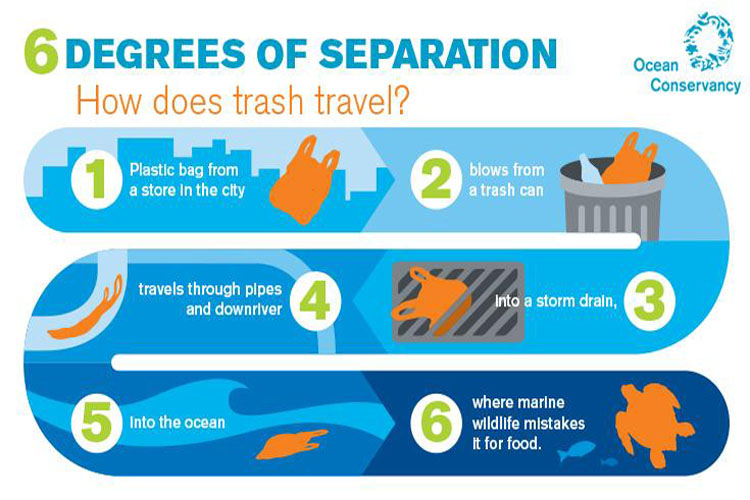
Overcoming litter apathy can help us keep our local ecosystems healthy and transform our neighbourhoods, parks, and local shorelines into much healthier places. Here are a few ways we can pick our spirits up by picking up trash:
- Start with one litter item a day or a week. It might not seem like much, but even picking up one litter item from your front yard, schoolyard, local park, or company parking lot can make a difference.
On my walk home from the bus stop, I try to pick up at least one piece of litter, making the walk to the stop the next day much more pleasant. The added benefit is that you will influence others around you to start noticing litter and picking it up instead of walking past it.

- Make it a weekly group event by incorporating picking up litter into your regular activities. During a weekend walk with the family, a lunchtime break or your commute to work or school you can always find ways to incorporate small cleanups into your daily routine. Invite those who love the area as much as you do and show them how easy it is to pick up litter and keep your community clean. Litter tends to attract more litter — by doing routine cleanups of your favourite spots, you can help make a difference all year-round.
- Reduce your own litter. Remember, not all litter is intentional, even a trash item placed in a waste bin can get swept away by the wind. Being part of the solution means reducing our own single use trash. Choose one or two items you find most often during cleanups and try removing them from your own daily life.
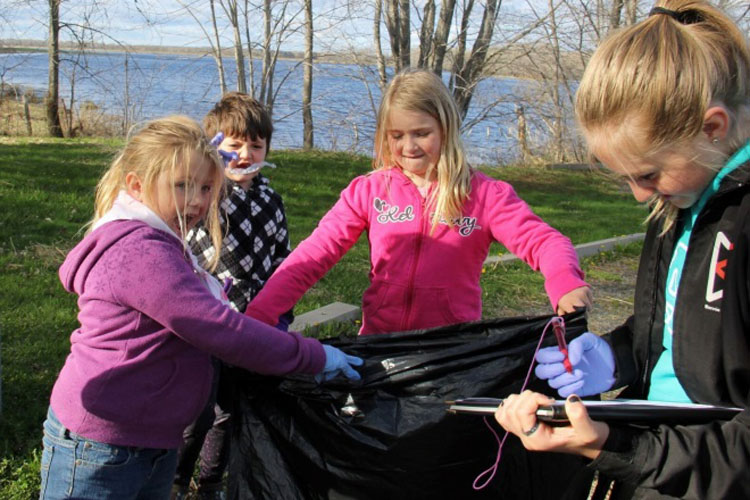
Litter won’t disappear overnight, but our everyday efforts will help reduce the amount of litter ending up on our shorelines and in the ocean. Over 46,650 volunteers are currently helping to cleanup a shoreline or waterway in their province and community. Share your litter findings with the Great Canadian Shoreline Cleanup by registering your daily, weekly, monthly or annual cleanups at www.shorelinecleanup.ca.
The Great Canadian Shoreline Cleanup, presented by Loblaw Companies Limited and supported by Ricoh Canada and YVR, is a joint conservation initiative of the Vancouver Aquarium and WWF-Canada. Find out more at www.shorelinecleanup.ca.
Aquablog post by Tanya Otero, volunteer engagement coordinator for the Great Canadian Shoreline Cleanup at the Vancouver Aquarium.
Posted August 3, 2016 by Vancouver Aquarium

